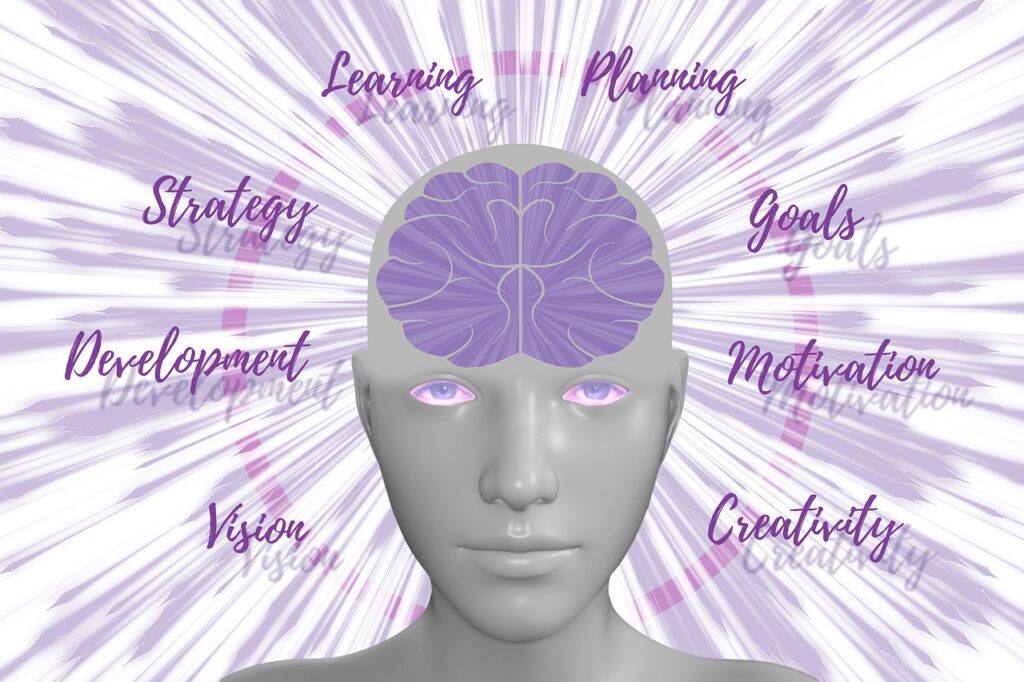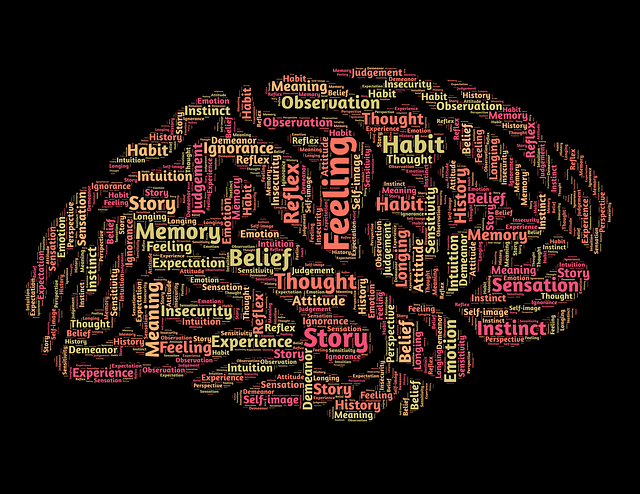Why would someone want to retrain their brain? A few reasons could be to overcome depression or anxiety, learn new physical skills, improve memory, and build your resilience. This is an area in which I have had an interest for many years before I ever heard the word ‘neuroplasticity’.

In the past scientists did not think the brain continued to develop after childhood. Now, it is known that the brain continues to grow and develop through life. How exciting! Knowing that the brain continues to grow and develop: What are you going to do? There is so much to do and to investigate, let your curiosity run wild. There is much to learn and changes to be made.
I am not well-versed in neuroplasticity, but I have several articles to read and plan to investigate what we might be able to do. According to Psychology Today
The importance of neuroplasticity can’t be overstated: It means that it is possible to change dysfunctional patterns of thinking and behaving to develop new mindsets, new memories, new skills, and new abilities.
This sounds incredibly beneficial to those with mental health concerns; neuroplasticity is a foundation for mental health treatment (reference: Psychology Today) I am also wondering about skills – what kind of skills can be learned? Can someone who has had a stroke recover more than we have thought in the past? I also wonder about developmental concerns – this sounds like another area that would be of great benefit to many. I guess I can’t blame my advancing age on my memory concerns – time for me to find out what I need to do to develop some new neural pathways. After all, we can continue learning throughout our life. The information related to age and memory suggests lifelong stimulation could well be a way to decrease memory loss, dementia, and disorders such as Alzheimer’s and maintain optimal brain health. I think I exercise my brain quite well on a regular basis, but I might need more as I certainly notice my memory is not as good as it once was. On the other hand, maybe I just have a lot of information stored there and I need to clean out some files. Or are our devices that store phone numbers and other information for us eroding our neural circuits to where they are no longer functioning in an optimal manner?

As a Leadership Coach, and HeartMath Trainer, Coach, and Mentor among my specialties – helping people build resilience. Psychology Today had the following information about the brain’s ability “…to change and grow in response to experience enables people to bounce back from setbacks and adversity – to be resilient.”
Severe stress, trauma, or worry can disrupt neuroplasticity. This disruption is characteristic of depression and PTSD. An example given by Psychology Today is that of former U.S. Representative Gabrielle Giffords, who after her shooting was unable to speak, but through therapy had regained her ability to express herself. This information suggests to me another reason why it is important for each of us to learn how to use our brains for optimal wellbeing and to manage our responses to concern and adversity.
How do we stimulate this neural plasticity, so we get the most possible benefit? Physical activity. And you thought I was going to say mental activity. Aerobic exercise helps both the heart and the brain. Aerobic exercise helps the brain stimulate the release of “brain-derived neurotrophic factor (BDNF), which sets in motion the growth of new synaptic connections and bolsters the strength of signals transmitted from neuron to neuron. (Reference: Psychology Today) I think we all know that the human body wasn’t meant to be sedentary, we are built to move.
Are you always happy with the way you respond? Do you say things you don’t mean when you are angry or upset? Are you at a loss for words when someone challenges you? Do certain things trigger you to feelings of sadness, anger, frustration? You can change how you respond. A few simple steps to retraining: 1) Identify the response you want to change – name it. 2) Identify the response you want to develop. 3) Explore what could decrease the undesired responses and boost the desired responses. 4) Practice the new desired response until it becomes natural to you. Let me help you with this process, sometimes we can’t quite grasp how to do these steps, as simple as they seem. You do need to be focused, aware of what you are doing, what you want.
Let’s talk more about this and see what we can do: Give me a shout drelaine@drelaineleadership.coach